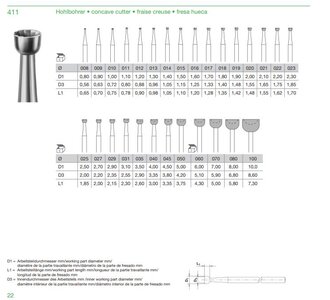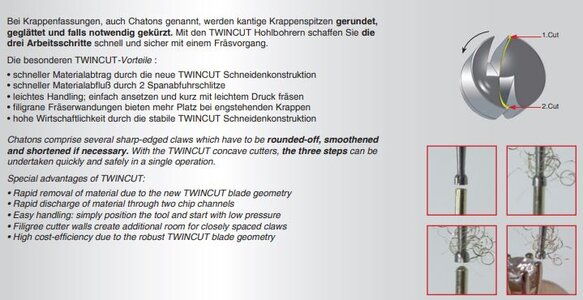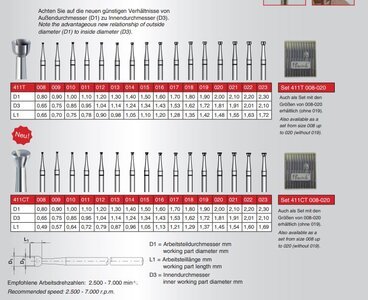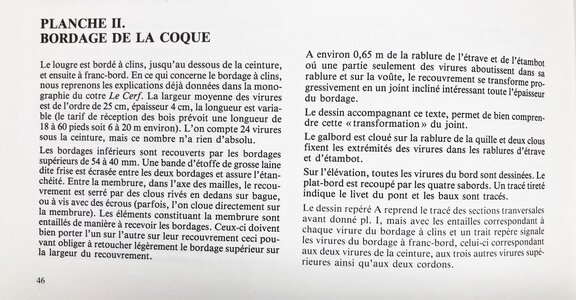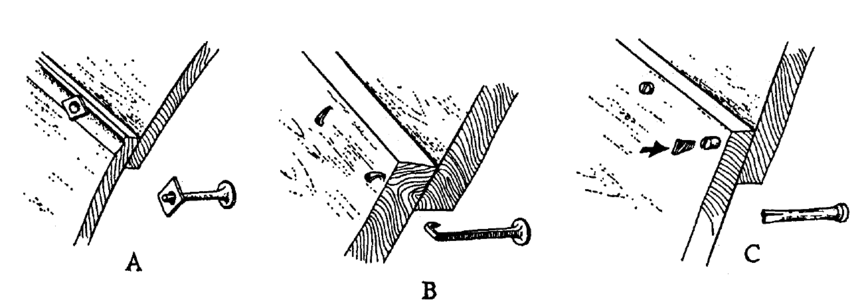I am still thinking about these (bloddy) nails / bolts / treenails of the hull planking.
Today I want to jump back to the documentation we have (until now)
The HMS Alert, which is also clinker build, has frames without these steps shown clearly in the Anatomy book
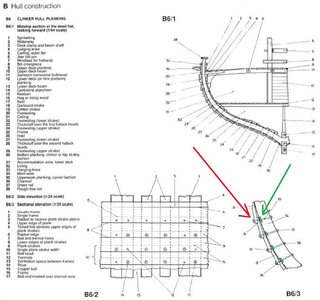
She has frames with a curved surface - the planks are overlapped, so every plank is laying / contacting only on one smaller area with the frame (green areas) - and with each bolt with a washer the lower part of the plank is pressed against the upper part of the under it laying plank against the frame.
On single frames there area bolts with washers, on double frames there are 50% bolts with washers and 50% wooden treenails.
When we take now a look at the french clinker build cross sections like the Le Coureur and the Le Cerf, both well known by the plansets from Jean Boudriot
Cross section shown in the Le Cerf

you can see, that the surface area, where the plank is in contact with the frame is at the end over the complete area of the frame (green lines)
and this is what Boudriot is writing in the monograph of the Le Coureur

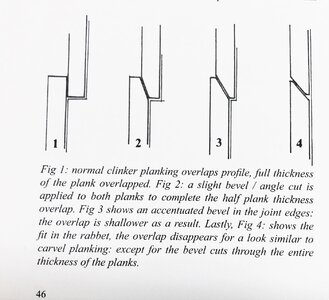
So we have Fig.1
We can read
"The planks are held tight between frames by nails clinched on the inside, or screws and bolts (sometimes the planks are nailed directly to the framing)."
This is the original french text

OK: The nailing between the frames (logitudinal to the plank) will be not shown in the models - so we have only the information "screws and bolts"
Taking also a view on the hull planking drawing of Boudriots Le Coureur we can see bolts with a relatively small head - according my feeling much smaller than on the Alert drawing above
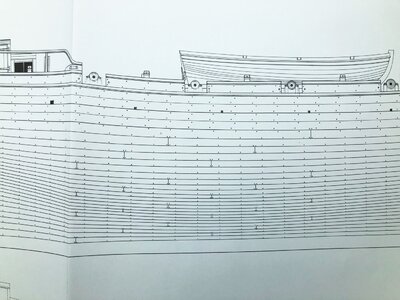
and here the view of the Le Cerf
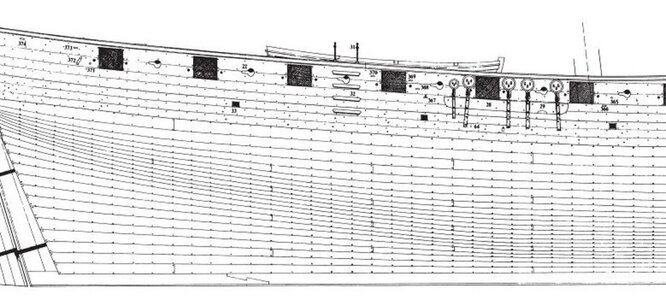
Therefore my conclusion:
I have the feeling, that on these french clinker build ships the bolts had no washers ...... What do you think (or know)?
Maybe one french speaking member can check also the french text, so maybe
@Gilles Korent or other knowing more technical tdetails about the french way of bolting the hull planking could bring some light into the subject ?!?!







